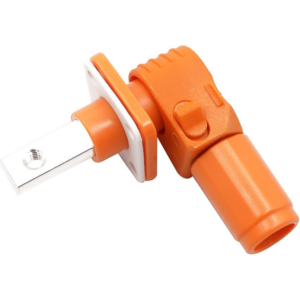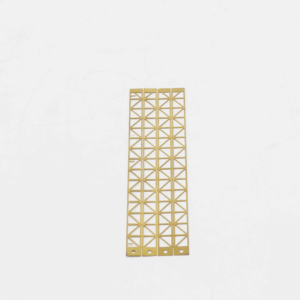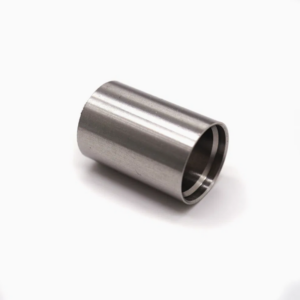Are you seeking a highly efficient, cost-effective manufacturing process to produce complex, deep parts with minimal material waste? Deep-draw metal stamping might be the solution you’re looking for. At Topmetalstamping, we specialize in this precise, high-volume process to help you create intricate metal components with unmatched accuracy and durability. Whether you’re in the automotive, aerospace, or medical industries, deep-draw metal stamping provides the perfect solution for high-demand applications. Let’s dive into the details of this fascinating technique!
What is Deep Drawn Metal Stamping?
Deep-draw metal stamping is a manufacturing process in which a flat sheet of metal, referred to as a “blank,” is transformed into a three-dimensional shape by drawing it into a die cavity. Unlike other metalworking methods, deep drawing allows for the creation of parts that are deeper than their width, making it ideal for producing hollow, cylindrical shapes such as cans, automotive parts, and enclosures.
To visualize the process, think of a piece of dough being pressed into a mold—but with metal, precision, and much more force. The metal is drawn through a series of dies and punches, gradually shaping it into the desired form. In some cases, this process may require multiple stages to achieve the desired depth and precision. As the metal is stretched and shaped, it retains its integrity, resulting in parts that are seamless, robust, and free from weak spots that can arise from welding or joining.
The Benefits of Deep Drawn Metal Stamping
Deep-draw stamping offers several advantages that make it the go-to choice for high-volume production of complex metal components. At Topmetalstamping, we’ve seen firsthand how these benefits translate into real-world results for our clients.
-
Efficiency and Cost-Effectiveness
Once the die is set up, deep drawing becomes highly automated and repeatable. This leads to consistent production runs with minimal downtime, making it ideal for large quantities of parts. The automated nature of the process significantly reduces labor costs and production time compared to other metal forming methods.
-
Material Savings
A major advantage of deep drawing is its ability to minimize material waste. Unlike traditional cutting processes, deep drawing pulls the metal into the desired shape, which allows for more efficient use of raw material. This is especially beneficial in industries where cost control and sustainability are paramount.
-
Durability and Strength
Deep-drawn parts are typically seamless, meaning there are no joints or welded sections that can weaken the part. This results in stronger, more durable components that can withstand higher levels of stress and pressure. This is particularly critical in industries such as automotive and aerospace, where part integrity is non-negotiable.
-
Design Flexibility
Deep-draw metal stamping allows for the creation of complex shapes and deep cavities that other manufacturing methods cannot easily achieve. Whether you’re producing intricate automotive components or durable industrial parts, deep-draw stamping offers the design freedom needed to meet your specific requirements.
The Deep Drawing Process Explained
The deep-draw process starts with a flat metal sheet—referred to as a blank—which is placed over a custom-shaped die. A punch then presses the blank into the die, pulling the metal into the die cavity to form the desired shape. The key to successful deep drawing is the material’s ability to stretch without cracking, and the die’s design, which ensures smooth and uniform stretching.
In some cases, the part may need to undergo multiple drawing stages to reach its final form. Each draw reshapes the material progressively to prevent overstretching and material failure. A blank holder (also known as a pressure pad) applies the necessary force to prevent the metal from wrinkling or tearing during the drawing process.
Metals used in deep-draw stamping must possess good ductility, meaning they can be stretched without breaking. Common materials used in deep drawing include:
– Aluminum: Lightweight, corrosion-resistant, and highly formable, making it ideal for applications in the automotive and aerospace industries.
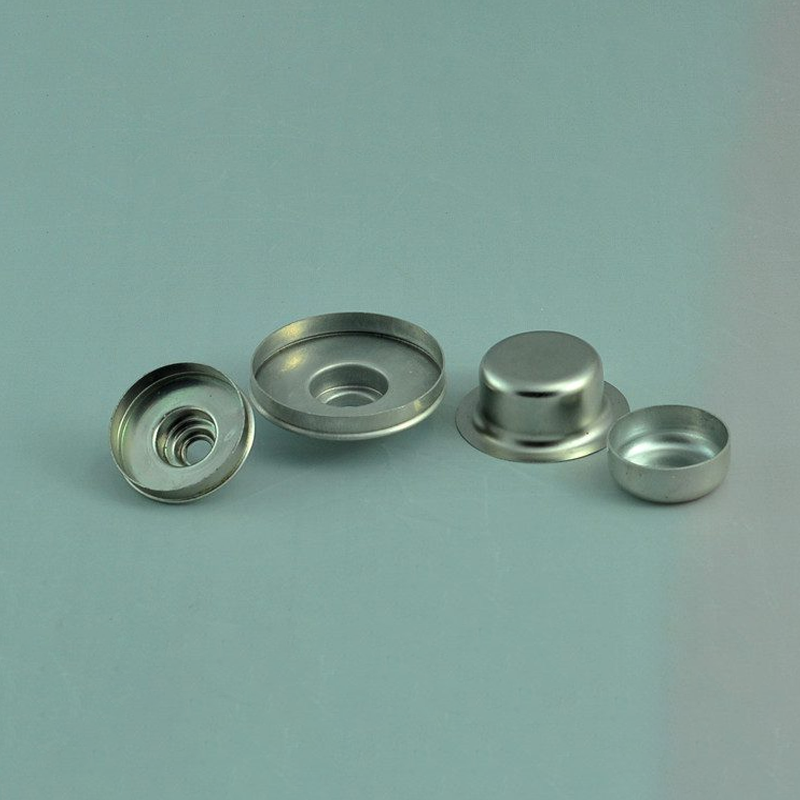
– Stainless Steel: Known for its strength, corrosion resistance, and shiny finish, it’s often used in high-pressure applications like automotive and medical devices.
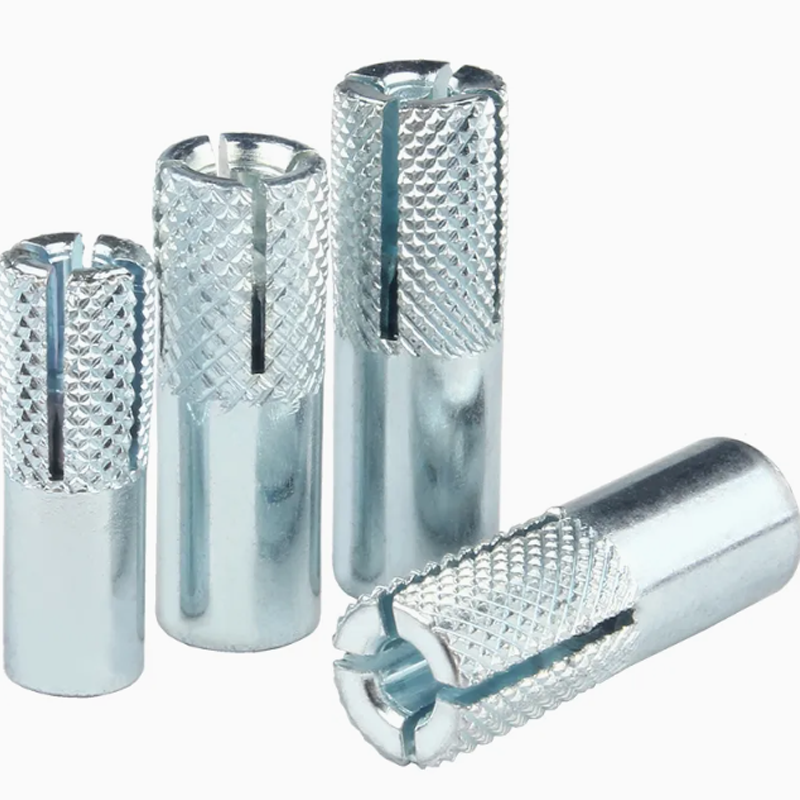
– Copper and Brass: Excellent for electrical and decorative applications due to their conductivity and attractive appearance.
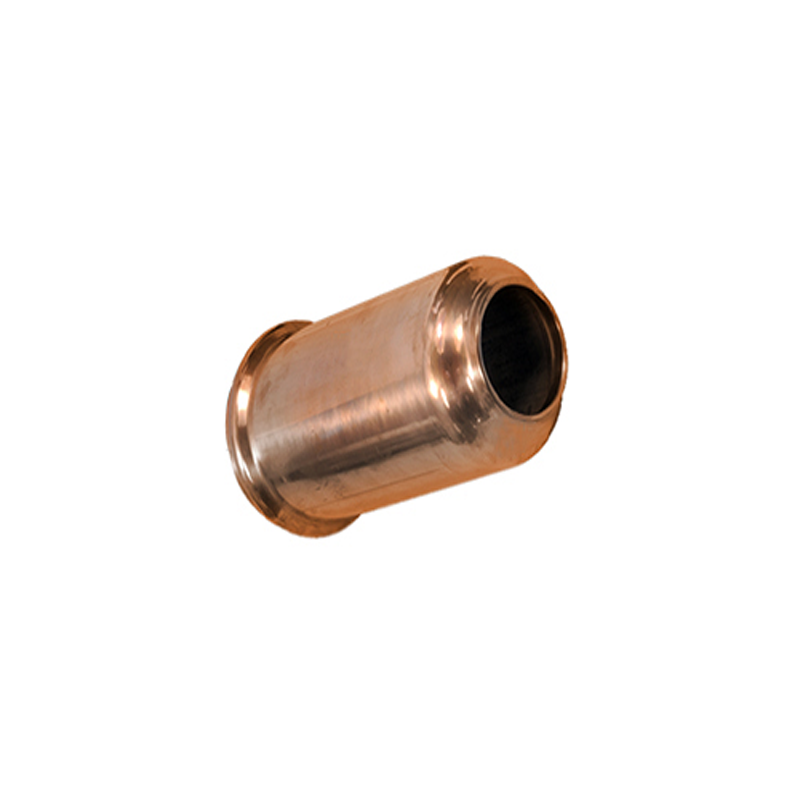
Ideal Materials for Deep Drawn Stamping
When it comes to deep-draw metal stamping, selecting the right material is crucial. The material must have excellent formability to withstand the drawing process without tearing or cracking. Below are some of the most commonly used metals for deep-drawing applications:
– Stainless Steel: A durable material known for its strength and resistance to corrosion. Grades like 304 and 316 are commonly used in deep drawing due to their superior formability.
– Aluminum: Lightweight and corrosion-resistant, aluminum is often used in aerospace, automotive, and consumer electronics.
– Brass: Known for its strength and corrosion resistance, brass is ideal for decorative applications, as well as plumbing and electrical components.
– Copper: Excellent for electrical applications due to its high conductivity.
– Titanium: While more challenging to deep draw, titanium is ideal for high-strength, corrosion-resistant parts used in aerospace and medical devices.
Applications of Deep Drawn Metal Stamping
Deep-drawn metal stamping is versatile and can be used in a wide range of industries. Some common applications include:
– Automotive: Fuel tanks, engine housings, exhaust components, and transmission parts.
– Aerospace: Aircraft engine housings, air ducts, and heat shields.
– Medical Devices: Syringe barrels, pacemaker casings, and surgical instruments.
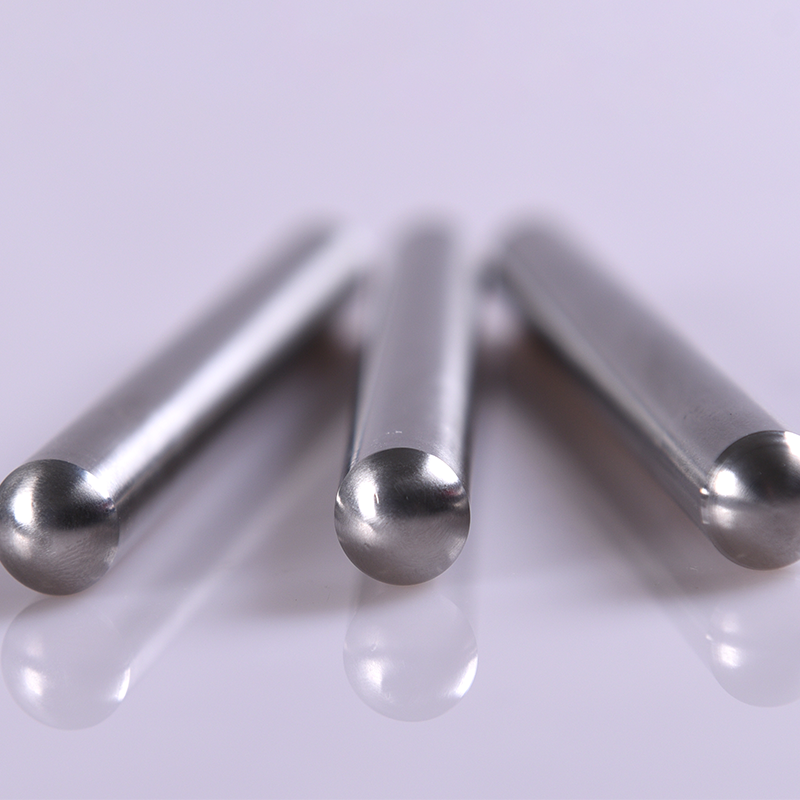
– Consumer Electronics: Battery enclosures, speaker housings, and other protective casings.
– Food and Beverage: Beverage cans, food containers, and lids.
– Lighting and Electrical: Lamp housings, electrical enclosures, and LED heat sinks.
– Household Appliances: Sinks, cooking pots, and HVAC components.
At Topmetalstamping, we have experience working with clients from all these industries, helping them produce high-quality parts that meet their exact specifications.
Deep Drawing vs. Stamping: What’s the Difference?
While both processes are used to shape metal, there are significant differences between deep drawing and traditional stamping.
– Deep Drawing: Ideal for creating hollow, deep parts like cans, fuel tanks, or automotive components. This process uses multiple stages to pull the material into deep cavities, creating parts with significant depth compared to their width.
– Stamping: Typically used for producing flat or shallow parts such as washers, brackets, or simple enclosures. Stamping generally involves a single operation to cut, bend, or shape the metal.
In short, if you need complex, deep, and seamless parts, deep-drawing is the ideal choice, while stamping works better for shallow, less intricate components.
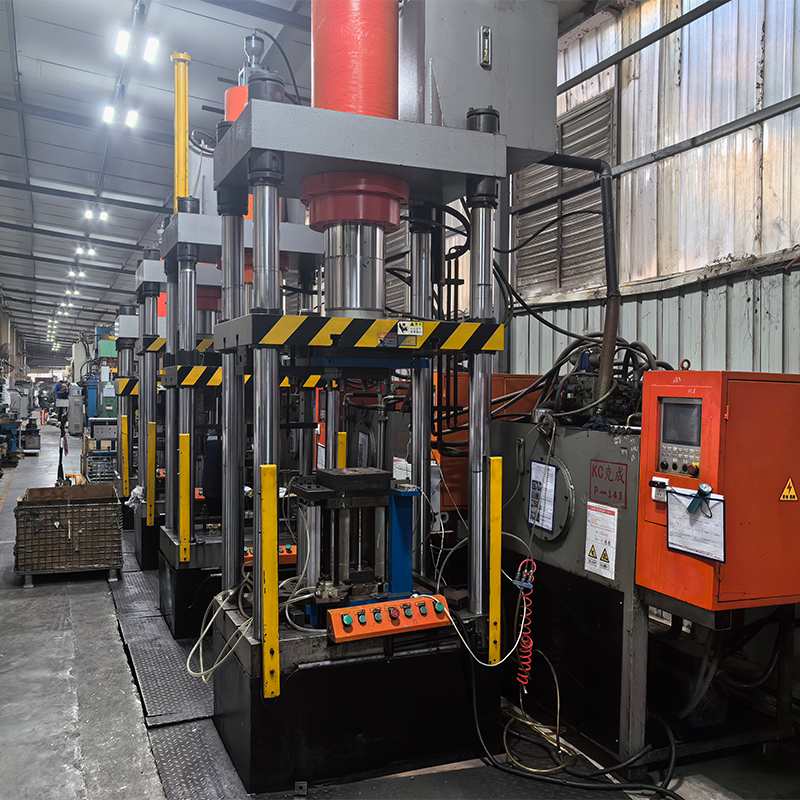
Key Considerations for Deep Drawn Metal Stamping
To achieve the best results with deep-drawing, several factors need to be considered, including:
– Material Selection: Not all metals are suitable for deep drawing. Materials like aluminum, stainless steel, and brass are ideal, but the grade of material also matters. Make sure to choose materials with good ductility to avoid material failure.
– Die Design: The tooling and die design are critical to ensuring the part is formed correctly. High-quality dies prevent defects and ensure uniform results.
– Blank Holding Force: Proper control of blank holding force ensures that the metal is drawn into the die without wrinkling or tearing.
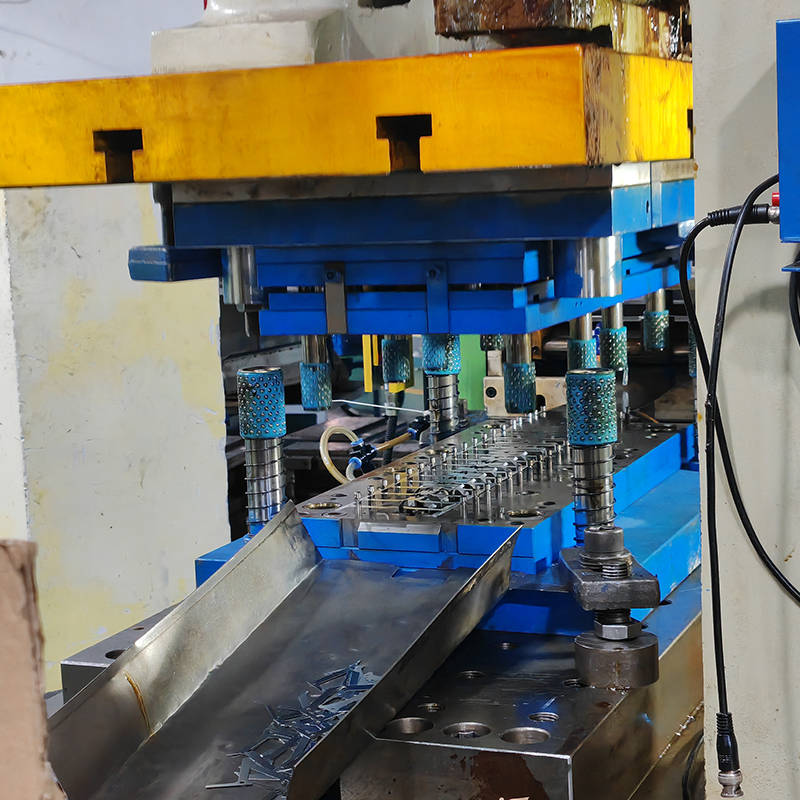
Conclusion
Deep-drawn metal stamping is a highly effective process for producing complex, high-strength parts with minimal material waste. At Topmetalstamping, we specialize in delivering precision-engineered solutions tailored to your needs. Whether you require components for the automotive, medical, or aerospace industries, we have the expertise and equipment to help you achieve the perfect product.
Ready to discuss your next deep-drawing project? Contact us today to learn how our team at Topmetalstamping can help bring your ideas to life with precision and efficiency!

